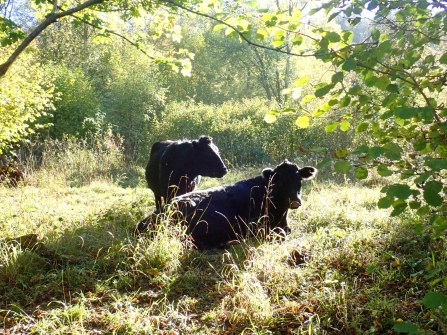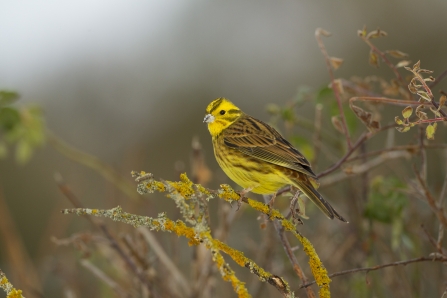A CONSERVATION charity is embarking on a £46,000 project to demonstrate how farming can be more wildlife-friendly with less work.
Berkshire, Buckinghamshire & Oxfordshire Wildlife Trust (BBOWT) is conducting its experiment on 20-hectare plot of land near Maidenhead in Berkshire.
The charity will use the three adjoining fields as 'layback land' for winter grazing two dozen Dexter cattle which it uses the rest of the year for conservation grazing at Berkshire nature reserves. Staff will reseed 14ha of arable land with a diverse grassland and herb mix including deeper-rooting and nitrogen-fixing species such as sainfoin and chicory.


